(24737 produtos disponíveis)







































































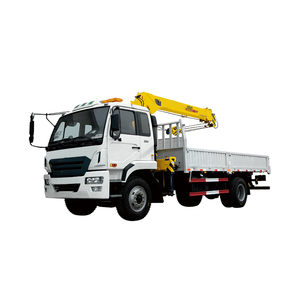
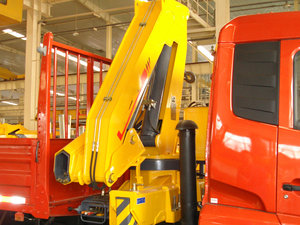
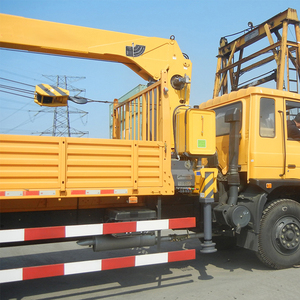
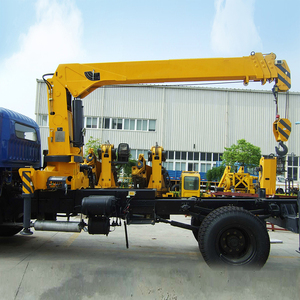
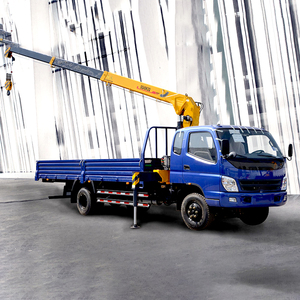
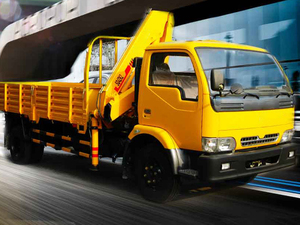




































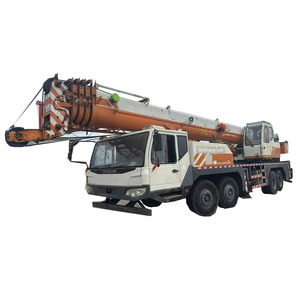

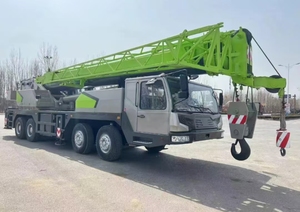

































































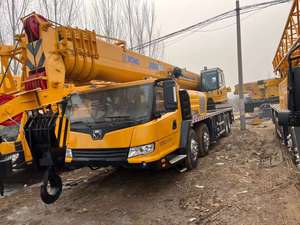
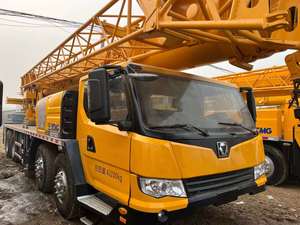
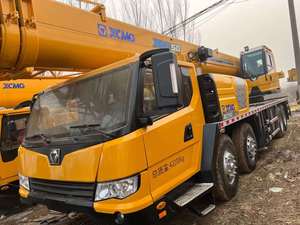










































Alcance alturas ou distâncias aparentemente impossíveis para tarefas de construção junto à água e projetos de manutenção com o inovador e poderoso. índia guindaste disponível em Alibaba.com. Instalações eficazes são altamente especializadas e exigem algum conhecimento especializado para operação adequada, alto desempenho e manutenção. índia guindaste integram uma série de componentes e recursos duráveis, incluindo travas de equipamentos e velocidade do vento indicadores, para maior estabilidade, conveniência e segurança geral. Os fatores críticos de seleção incluem construção do material, projeto, classe de peso, uso pretendido, dimensões do barco, facilidade de operação e corpo d'água.
O Alibaba.com oferece grandes e pequenos. índia guindaste que pode ser sem energia ou movido por motores. Eles são espaçosos para que o motorista possa sentar-se confortavelmente enquanto opera as máquinas, enquanto os elevadores para serviços pesados podem ser operados por meio de controles remotos. Para requisitos de aplicação exclusivos e projetos personalizados, os elevadores flutuantes integram diferentes acessórios, como martelos, lingas de corrente e caçambas em concha para dragagem e gerenciamento de entulho.
Muitos. índia guindaste inclui métodos de fixação físicos alternativos para uma estabilidade estrutural mais excelente e integridade contra ventos fortes e ação das ondas. Algumas das tarefas que os usuários podem realizar com as máquinas úteis incluem dragagem, projetos de caminhos de reboque, levantamento e transporte de materiais para locais à beira da água, trabalho de demolição e instalação de cabos e tubulações ao longo de caminhos de reboque, entre outros.
Compare o alucinante, com bons descontos. Opções de índia guindaste em Alibaba.com e se contentar com negócios incríveis de fabricantes e revendedores de máquinas confiáveis. Esses itens de qualidade garantida vêm com manuais de instruções de operação e manutenção. Invista em elevadores flutuantes para operações de construção mais leves.